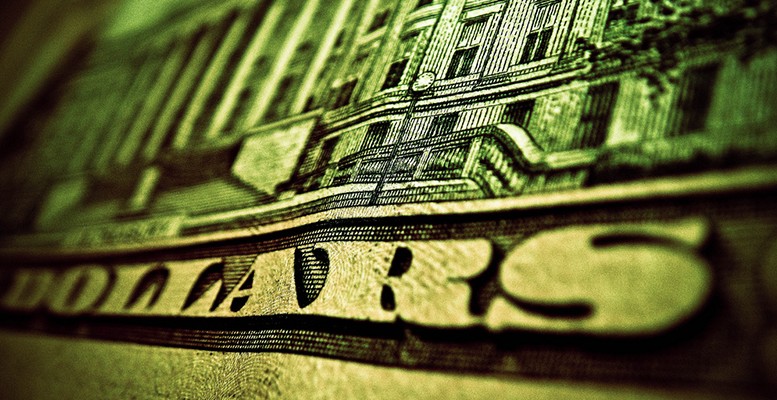Davos serves a purpose as follows; it has become a catwalk for famous men and women where all kinds of media try to get something juicy. The serious press, economic titbits, the frivolous press, frivolous titbits, all thrown into the mix. I’m saying this so you don’t take seriously what comes out of there.
Draghi is nervous because the dollar has begun to fall, and that messes up his plan to gradually withdraw stimuli from an economy which is increasingly more dynamic. For the time being, he has reduced QE or purchases of bonds to 30 billion euros/month and intends to suspend them in September. Everything was going according to plan, but the dollar started to depreciate against the euro. And, whatsmore, a US bigmouth said, in Davos, that’s it excellent for the US economy which will grow even more. The bigmouth is US Secretary of State for the Treasury, Steven Mnuchin.
The least you can say about Mnuchin is that he is imprudent. He has intensified expectations that the White House really wants to devalue no matter what, in contrary to all economic logic. The logic tells us that the US economy is growing more, interest rates are much higher than in the EU, and the stock market is rising. And that should mobilise capitals towards the US, not the reverse and, therefore, strengthen the dollar. In the graphic, the red line shows the appreciation of the euro against the dollar, while the blue line shows the yield on the US Treasury bond. Why is the trend contrary to what is logical?
Well, firstly there is the market’s suspicion that the White House, in its current dumb state, is pleased about the dollar’s fall. Secondly, the variables are not independent and the drop in the dollar may work in favour of a rate hike in the US, the reason why inflation expectations are mounting which, to be sure, are ahead of that in the EU. The issue of expectations is a subtle and complex game where it’s difficult to work out where the logic is going. So it’s not impossible then that today interest rates are discounting a depreciation in the dollar which is pushing them up.
It’s a nightmare for Draghi, now that Germany is going to turn the screws so that he accelerates the withdrawal of stimuli. The rise in the euro is a brake on European growth, just when the ECB wants to withdraw the stimuli. Furthermore, it seems as if they do not want to respect a kind of unwritten international consensus not to use currencies to take them beyond where each country’s monetary policy leads them. The worst thing of all is that the US is growing close to or beyond its potential, which will translate devaluation + (the fiscal deficit) into inflationary pressures and a greater external deficit, apart from the public deficit which has been swollen by Trump’s tax cuts.
In summary, we will see a leap forward in domestic demand in the US, greater prices pressure, devaluation of the dollar and an external deficit which will have to be financed by higher interest rates…which is what can be seen today in the graphic. So this could be a very good reflection of expected trends. In Europe, it’s possible there will be some resentment between Draghi and Weidmann for delaying the timetable on stimuli withdrawal…and complications which are unforeseen, but not improbable, such as a fresh rise in risk premiums amongst national bonds. The worst thing about the US administration is that it can’t stop itself from getting involved in the internal and external workings.


![Draghi Is Nervous That Dollar's Fall Could Affect Stimulus Withdrawal [UNSET]](http://thecorner.eu/wp-content/uploads/2018/01/UNSET-1.png)



